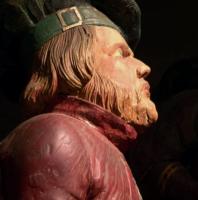 There is a magic to ship’s figureheads. In Conrad’s Mirror of the Sea who wrote about the ships and figureheads that he saw on London’s docks:
There is a magic to ship’s figureheads. In Conrad’s Mirror of the Sea who wrote about the ships and figureheads that he saw on London’s docks:
It was a noble gathering of the fairest and the swiftest, each bearing at the bow the carved emblem of her name, as in a gallery of plaster-casts, figures of women with mural crowns, women with flowing robes, with gold fillets on their hair or blue scarves round their waists, stretching out rounded arms as if to point the way; heads of men helmeted or bare; full lengths of warriors, of kings, of statesmen, of lords and princesses, all white from top to toe; with here and there a dusky turbaned figure, bedizened in many colours, of some Eastern sultan or hero, all inclined forward under the slant of mighty bowsprits as if eager to begin another run of 11,000 miles in their leaning attitudes. These were the fine figure-heads of the finest ships afloat. But why, unless for the love of the life those effigies shared with us in their wandering impassivity, should one try to reproduce in words an impression of whose fidelity there can be no critic and no judge, since such an exhibition of the art of shipbuilding and the art of figure-head carving as was seen from year’s end to year’s end in the open-air gallery of the New South Dock no man’s eye shall behold again?
We have previously posted about the figurehead of the white witch, Nannie Dee, on the clipper ship Cutty Sark, as well as the figurehead on Galveston’s tall ship, the 1887 barque Ellisa. Here is a wonderful short video about wood carving and figureheads from the Mystic Seaport.
Continue reading →
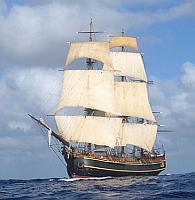 The Coast Guard has issued its final report on the sinking of HMS Bounty in October 2012. You can read the report here.
The Coast Guard has issued its final report on the sinking of HMS Bounty in October 2012. You can read the report here.
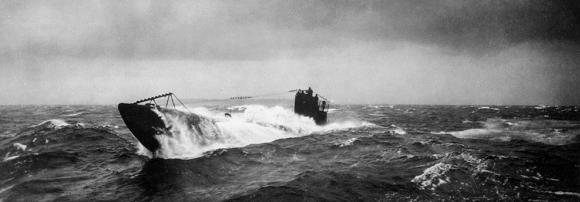 The Atlantic Monthly has a wonderful feature this month —
The Atlantic Monthly has a wonderful feature this month — 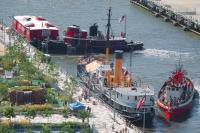
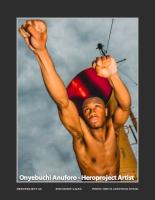 The
The 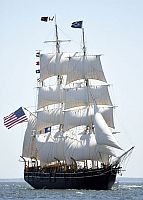
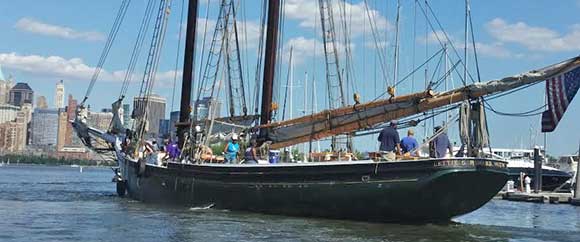
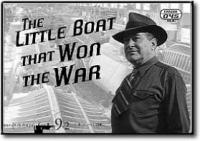 I am aware of only one man who was praised by both Eisenhower and Hitler.
I am aware of only one man who was praised by both Eisenhower and Hitler.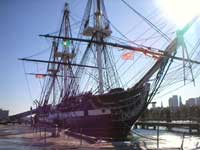 Constitution
Constitution In New York City,
In New York City, 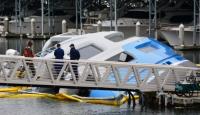
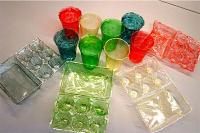

 There is a magic to ship’s figureheads. In Conrad’s
There is a magic to ship’s figureheads. In Conrad’s 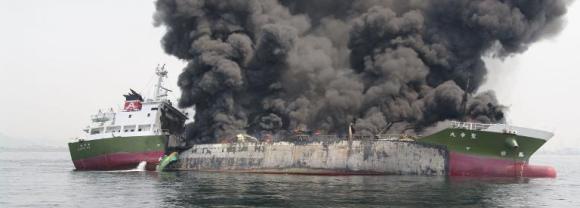
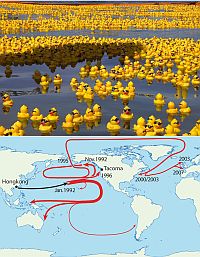 Yesterday,
Yesterday, 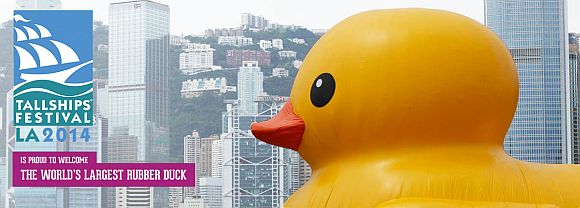 We have followed the peripatetic wanderings of the
We have followed the peripatetic wanderings of the